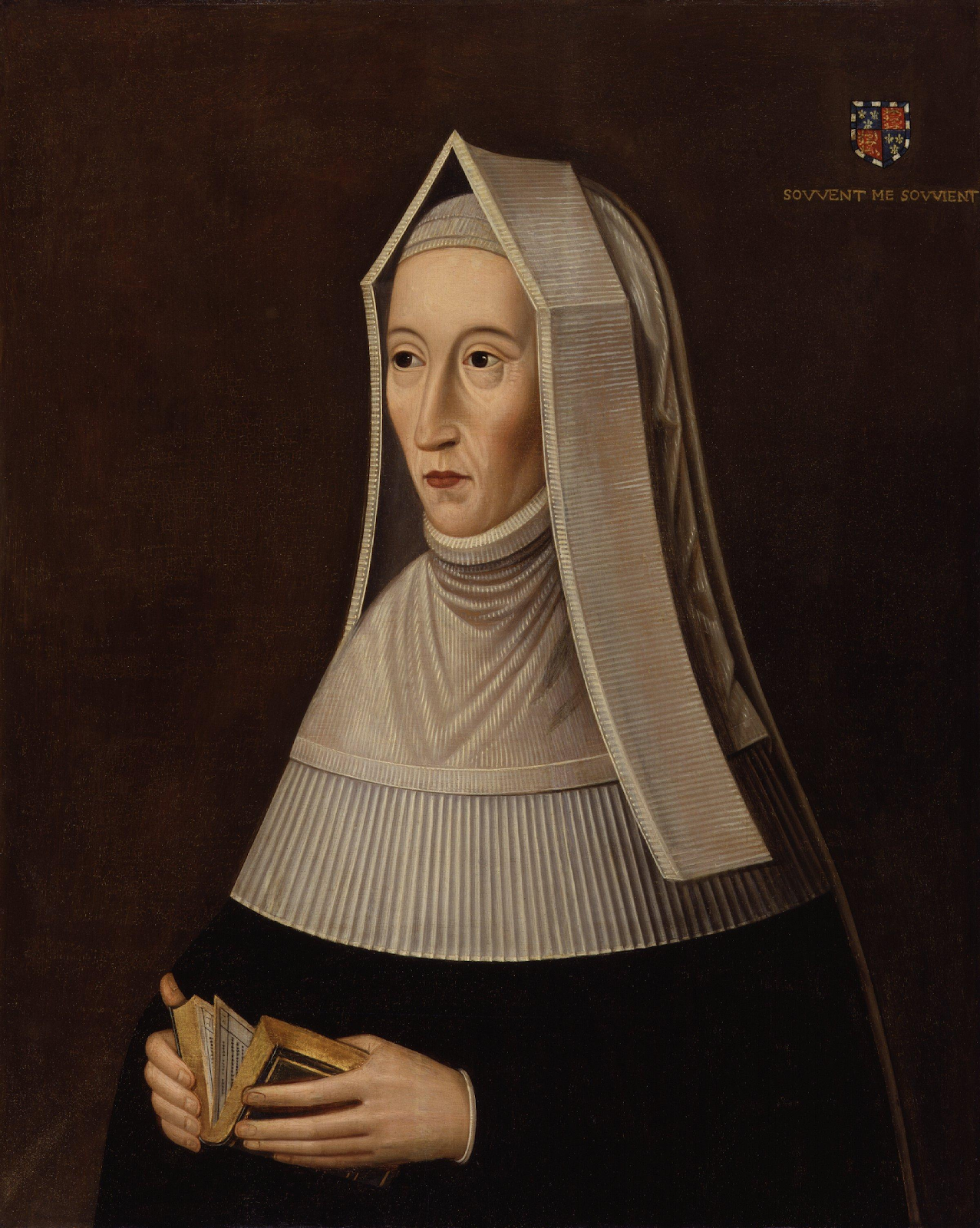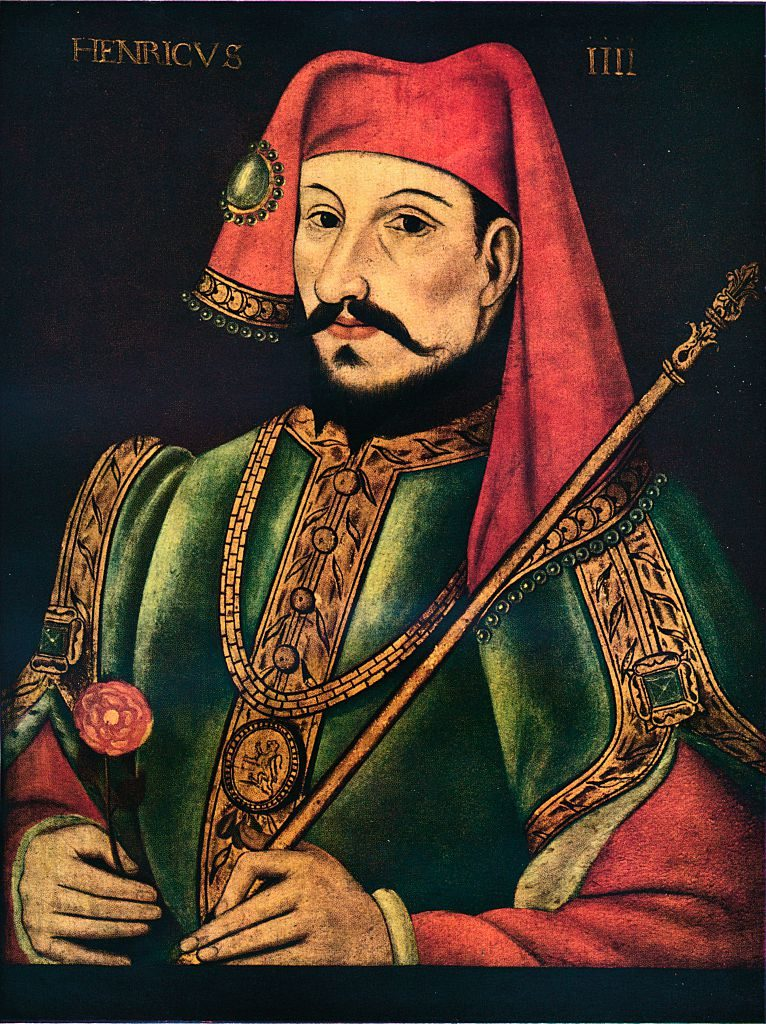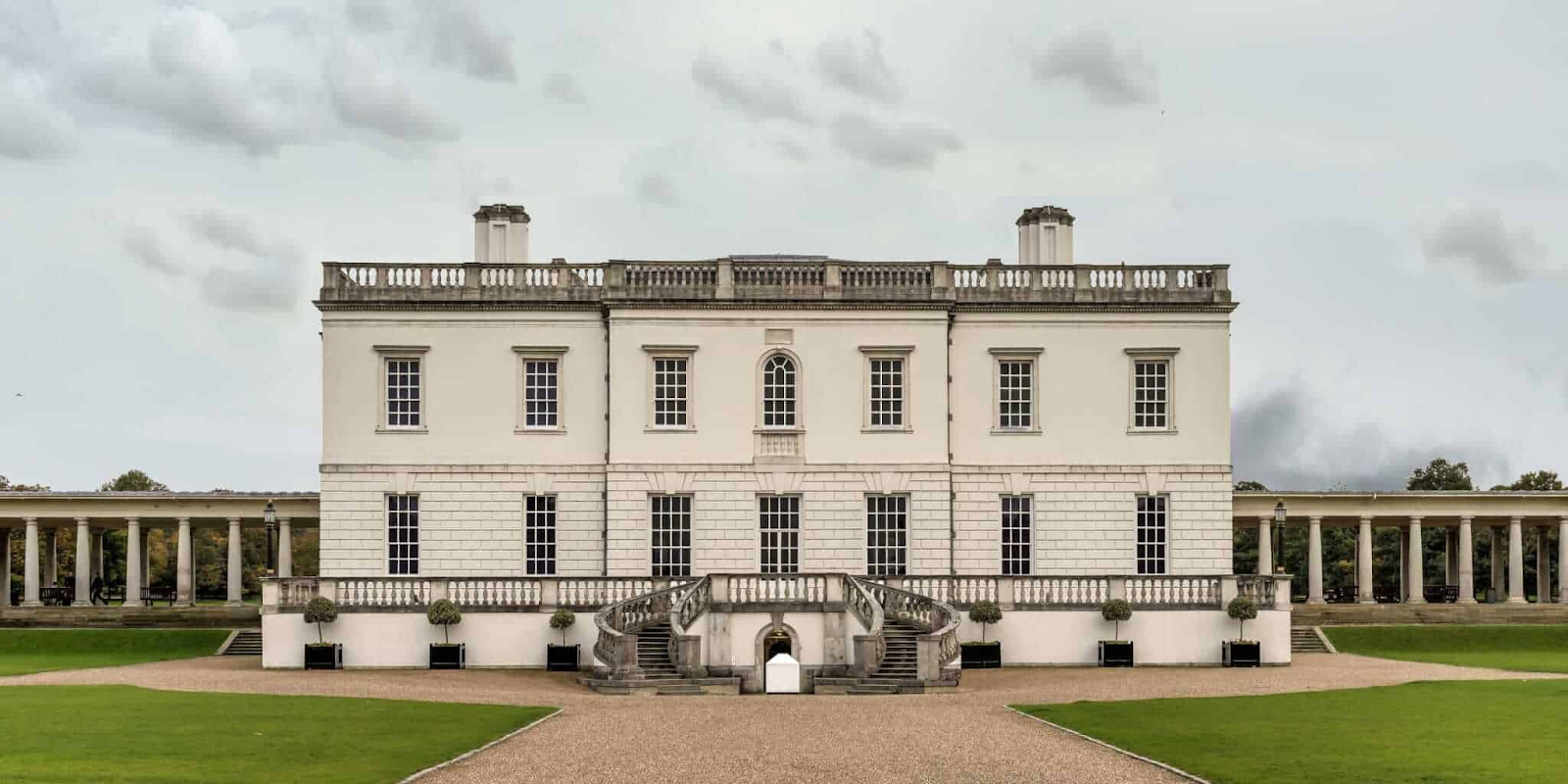First Published: 2016
This book is about the more private matters of the Tudor dynasty.
The Tudors came to power in 1485 after the War of Roses. The Wars of the Roses were a series of English civil wars fought between 1455 and 1487 for control of the English throne. The conflict primarily involved the House of Lancaster and the House of York, two rival branches of the Plantagenet royal family. The wars concluded in 1487, with Henry VII's defeat of the remaining Yorkist opposition.
Henry VII was the king who ascended to the throne. Henry VII, also known as Henry Tudor, was King of England and Lord of Ireland from his seizure of the crown on 22 August 1485 until his death in 1509. He was the first monarch of the House of Tudor.Henry Tudor was the son of Margaret Beaufort. Lady Margaret Beaufort (31 May 1443 – 29 June 1509) was a major figure in the Wars of the Roses of the late 15th century, and mother of Henry VII of England, the first Tudor monarch.
Margaret Beaufort was the great-granddaughter of Edward III's son John de Gaunt and Katherine Swynford.
John of Gaunt, Duke of Lancaster (6 March 1340 – 3 February 1399), was an English royal prince, military leader and statesman. He was the fourth son (third surviving) of King Edward III of England, and the father of King Henry IV.
Katherine Swynford, Duchess of Lancaster (c. 1349 – 10 May 1403) was the third wife of John of Gaunt. She became the mistress of John of Gaunt. From this connection, at least four children were born, who received the surname Beaufort after one of their father's French estates. Those four children were later recognized and legitimized by the Church. After the death of his second wife, the Duke unexpectedly married his mistress in 1396, which caused discontent among the English nobility. However, in the same year, a papal bull was received, recognizing the marriage as valid.
During his young age Henry stayed in exile with his uncle Jasper. Jasper Tudor, Duke of Bedford (c. November 1431 – 21 December 1495) was the uncle of King Henry VII of England and a leading architect of his nephew's successful accession to the throne in 1485.
When Henry VII came to the throne, he only had one illegitimate son, Roland de Velville. Sir Roland de Velville (1471/74 – 25 June 1535) was a Breton-born English soldier and government official who is theorised as the illegitimate son of King Henry VII of England by "a Breton lady whose name is not known", or as a favoured member of the court of Henry VII.
The Palace of Placentia, also known as Greenwich Palace, was an English royal residence. It was a prominent Tudor royal residence located on the banks of the River Thames in Greenwich.
The Tower of London, officially His Majesty's Royal Palace and Fortress of the Tower of London, is a historic citadel and castle on the north bank of the River Thames in central London. As king, Henry VII built a tower for a library next to the King's Tower.
Baynard's Castle refers to buildings on two neighbouring sites in the City of London, between where Blackfriars station and St. Paul's Cathedral now stand. The first was a Norman fortification and was demolished by King John in 1213. The second was a medieval palace built a short distance to the south-east and later extended, but mostly destroyed in the Great Fire of London in 1666.
Sheen Palace was also used by Henry VII. In 1492, a great tournament was held at the Sheen palace by Henry VII. On 23 December 1497 a fire destroyed most of the wooden buildings. Henry rebuilt it and named the new palace Richmond Palace after his title of Earl of Richmond.
Windsor Castle is a royal residence at Windsor in the English county of Berkshire. Henry VII made more use of Windsor. In 1488, shortly after succeeding to the throne, he held a massive feast for the Order of the Garter at the castle. He completed the roof of St George's Chapel, and set about converting the older eastern Lady Chapel.















No comments:
Post a Comment